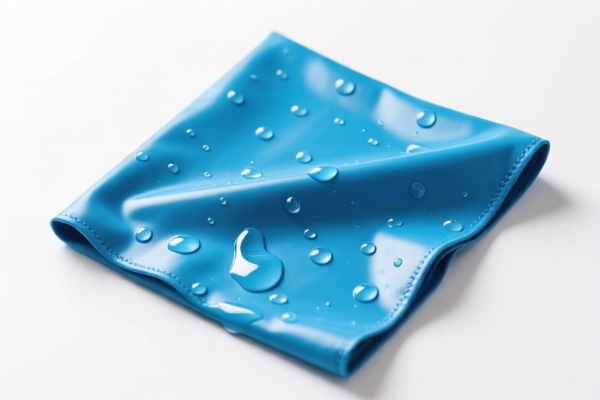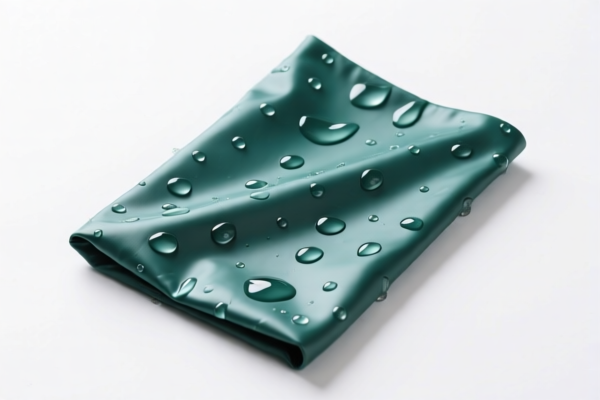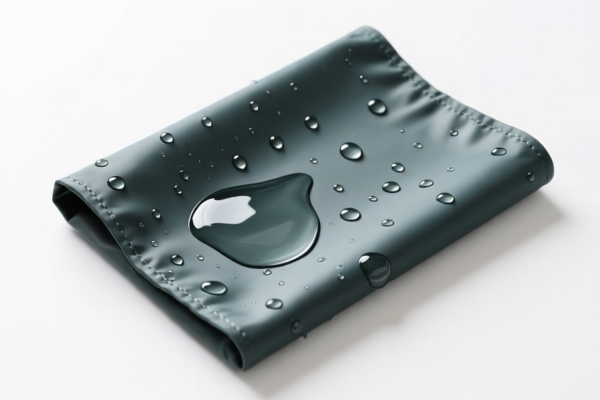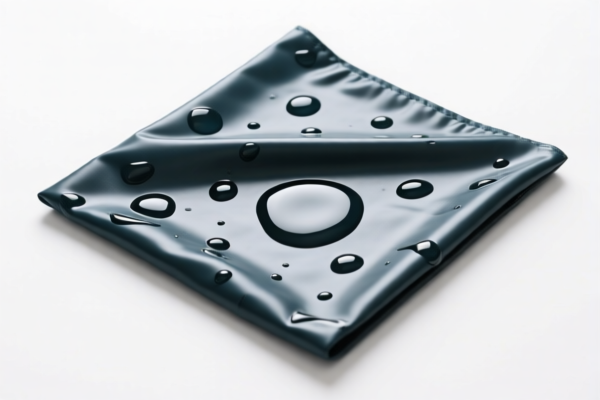| HS Code | Official Doc | Tariff Rate | Origin | Destination | Effective Date |
|---|---|---|---|---|---|
| 3919102055 | Doc | 60.8% | CN | US | 2025-05-12 |
| 3919905060 | Doc | 60.8% | CN | US | 2025-05-12 |
| 3920100000 | Doc | 59.2% | CN | US | 2025-05-12 |
| 3920991000 | Doc | 61.0% | CN | US | 2025-05-12 |
| 5606000010 | Doc | 63.0% | CN | US | 2025-05-12 |
| 5606000090 | Doc | 63.0% | CN | US | 2025-05-12 |
| 5809000000 | Doc | 69.9% | CN | US | 2025-05-12 |
| 5903101000 | Doc | 57.7% | CN | US | 2025-05-12 |
| 5903101500 | Doc | 37.5% | CN | US | 2025-05-12 |
| 6113001005 | Doc | 41.3% | CN | US | 2025-05-12 |
| 6113001010 | Doc | 41.3% | CN | US | 2025-05-12 |
| 6210207000 | Doc | 33.3% | CN | US | 2025-05-12 |
| 6210501200 | Doc | 33.3% | CN | US | 2025-05-12 |
| 5602101000 | Doc | 67.0% | CN | US | 2025-05-12 |
| 5602109010 | Doc | 65.6% | CN | US | 2025-05-12 |
| 5906993000 | Doc | 58.3% | CN | US | 2025-05-12 |
| 3701996030 | Doc | 55.0% | CN | US | 2025-05-12 |
| 3701996060 | Doc | 55.0% | CN | US | 2025-05-12 |
| 3702960000 | Doc | 58.7% | CN | US | 2025-05-12 |
| 3702970000 | Doc | 55.0% | CN | US | 2025-05-12 |




Waterproof Film
Waterproof film refers to a thin sheet of material designed to prevent the passage of water. It is widely employed across diverse applications requiring barrier protection against moisture.
Material
A variety of materials are used in the production of waterproof films, each offering different properties and suited to specific needs:
- Polyethylene (PE): Common, cost-effective, and flexible. Often used in construction, agriculture, and packaging.
- Polypropylene (PP): Offers higher strength and temperature resistance than PE. Used in similar applications, plus some specialized packaging.
- Polyvinyl Chloride (PVC): Durable and resistant to chemicals, but environmental concerns exist regarding its production and disposal. Frequently used in roofing membranes and protective covers.
- Polyurethane (PU): Highly flexible, abrasion-resistant, and breathable in certain formulations. Used in outdoor gear, medical applications, and protective coatings.
- Fluoropolymers (e.g., PTFE - Teflon): Exceptional chemical resistance and high-temperature stability. Used in demanding applications requiring extreme protection.
- Silicone: Offers excellent flexibility, temperature resistance, and biocompatibility. Used in medical devices and specialized sealing applications.
- Composite Films: Combining multiple materials (e.g., PE/PP/Aluminum) to achieve specific properties like increased strength, puncture resistance, or barrier performance.
Purpose
The primary purpose of waterproof film is to create a barrier against water ingress, protecting underlying materials or spaces from:
- Moisture Damage: Preventing corrosion, rot, mold growth, and degradation of materials.
- Leakage: Containing liquids and preventing spills or unwanted water flow.
- Environmental Exposure: Shielding sensitive components from rain, snow, humidity, and other weather conditions.
Function
Waterproof films function through several mechanisms:
- Impermeability: The material itself is non-porous, preventing water molecules from passing through.
- Surface Tension: Some films utilize surface properties to repel water, causing it to bead up and roll off.
- Sealing: Films are often used in conjunction with adhesives or heat-sealing techniques to create a complete and watertight barrier.
- Breathability (in some types): Certain films are engineered with microscopic pores that allow water vapor to escape while preventing liquid water from entering. This is crucial for applications where condensation buildup is a concern.
Usage Scenarios
- Construction: Roofing membranes, foundation waterproofing, damp-proofing walls, vapor barriers.
- Packaging: Food packaging, medical packaging, protective covers for goods during transport.
- Agriculture: Greenhouse films, pond liners, irrigation systems.
- Outdoor Gear: Rainwear, tents, backpacks, protective cases.
- Electronics: Protecting electronic components from moisture damage.
- Medical: Wound dressings, surgical drapes, medical device packaging.
- Automotive: Sealing components, protecting interiors.
Common Types
- Polyethylene Film (PE Film): Low-density polyethylene (LDPE), high-density polyethylene (HDPE), linear low-density polyethylene (LLDPE). Varied thicknesses and strengths.
- Polypropylene Film (PP Film): Biaxially oriented polypropylene (BOPP) offering higher strength and clarity.
- PVC Film: Rigid or flexible, often reinforced with fabric.
- Breathable Waterproof Membranes (e.g., Gore-Tex): Expanded polytetrafluoroethylene (ePTFE) membranes with microscopic pores.
- Self-Adhesive Waterproof Membranes: Backed with an adhesive layer for easy application.
- Liquid Waterproof Coatings: Applied as a liquid and cure to form a seamless waterproof layer.
Waterproof film can be classified under several HS codes depending on its composition and application. Here's a breakdown of potential classifications based on the provided reference material:
- 3919102055: This HS code covers self-adhesive plates, sheets, film, foil, tape, strip and other flat shapes, of plastics, whether or not in rolls, specifically those in rolls of a width not exceeding 20 cm, categorized as "Other Other". This could apply if the waterproof film is self-adhesive and in rolls meeting the width requirement. The total tax rate is 60.8% (5.8% base tariff, 25.0% additional tariff, and 30.0% additional tariff after April 2, 2025).
- 3919905060: This HS code also covers self-adhesive plates, sheets, film, foil, tape, strip and other flat shapes, of plastics, whether or not in rolls, but categorized as "Other Other Other". This applies if the waterproof film is self-adhesive but doesn't fall under the width restriction of HS code 3919102055. The total tax rate is 60.8% (5.8% base tariff, 25.0% additional tariff, and 30.0% additional tariff after April 2, 2025).
- 3920100000: This HS code covers other plates, sheets, film, foil and strip, of plastics, noncellular and not reinforced, laminated, supported or similarly combined with other materials, specifically those of polymers of ethylene. If the waterproof film is made of polymers of ethylene and meets these criteria, this HS code applies. The total tax rate is 59.2% (4.2% base tariff, 25.0% additional tariff, and 30.0% additional tariff after April 2, 2025).
- 3920991000: This HS code covers other plates, sheets, film, foil and strip, of plastics, noncellular and not reinforced, laminated, supported or similarly combined with other materials, specifically those of other plastics, which are flexible and over 0.152 mm in thickness, and not in rolls. If the waterproof film is made of other plastics, is flexible, exceeds 0.152 mm in thickness, and is not in rolls, this HS code applies. The total tax rate is 61.0% (6.0% base tariff, 25.0% additional tariff, and 30.0% additional tariff after April 2, 2025).
- 5903101000: This HS code covers textile fabrics impregnated, coated, covered or laminated with plastics, other than those of heading 5902, specifically with poly(vinyl chloride) and of cotton. If the waterproof film is a textile fabric coated with poly(vinyl chloride) and made of cotton, this HS code applies. The total tax rate is 57.7% (2.7% base tariff, 25.0% additional tariff, and 30.0% additional tariff after April 2, 2025).
- 5903101500: This HS code covers textile fabrics impregnated, coated, covered or laminated with plastics, other than those of heading 5902, specifically with poly(vinyl chloride) and of man-made fibers, with fabrics specified in note 9 to section XI and over 60 percent by weight of plastics. If the waterproof film is a textile fabric coated with poly(vinyl chloride), made of man-made fibers, meets the requirements of note 9 to section XI, and contains over 60 percent by weight of plastics, this HS code applies. The total tax rate is 37.5% (0.0% base tariff, 7.5% additional tariff, and 30.0% additional tariff after April 2, 2025).
It is important to determine the exact material composition and characteristics of the waterproof film to select the correct HS code.
Customer Reviews
No reviews yet.